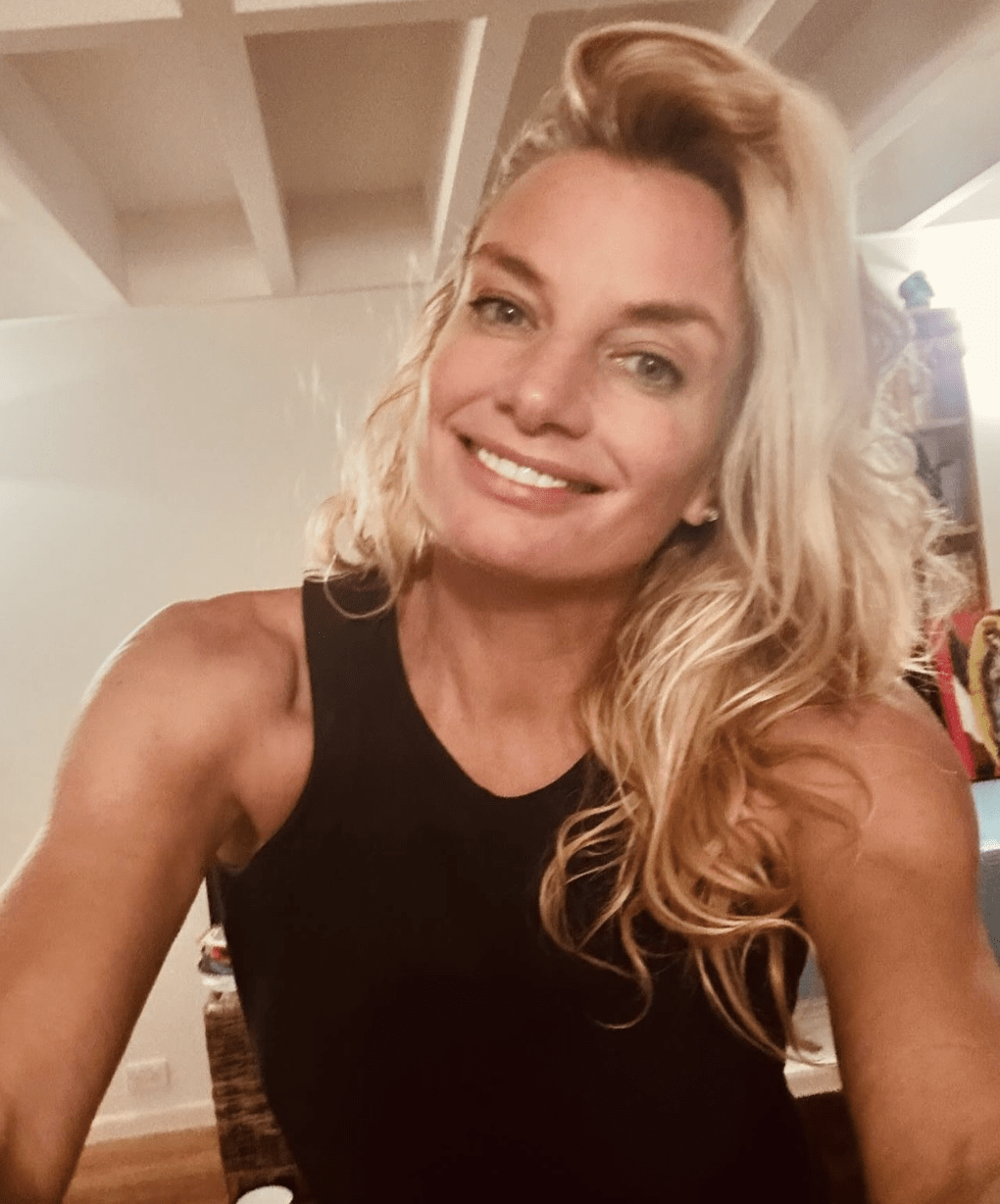A SINGLE SOURCE of INCOME IS JUST NOT ENOUGH ANY MORE – Here’s why
by Mieke Buchan
The Financial House of Cards: Why One Income Stream Isn’t Enough.

In an era of economic uncertainty, clinging to a single source of income is like building your financial future on very runny quicksand. While previous generations could reasonably expect a steady paycheck to carry them through to a comfortable retirement, today we all face a fundamentally different landscape – one where having multiple income streams isn’t just advantageous, it’s essential for financial survival. Not just for today’s expenses – but also for the kind of retirement you’ll genuinely enjoy.
The traditional model of working for one employer for decades, contributing to a pension, and retiring comfortably is largely extinct. Kaput! Today, most of us navigate “gig economies” where we are contracting or have a side job to top up our main income – AND, we’ve all seen the heavy impact of corporate downsizing, industry disruption, and economic volatility that can wipe out years of our hard-fought financial progress overnight.
SO – if we fail to diversify our income sources, the tough fact is that we are essentially gambling our entire financial future on a single bet.

1 – The Retirement Reality Check
Perhaps nowhere is income diversification more critical than in retirement planning.
Relying solely on a primary wage means your retirement contributions are limited to what you can squeeze from that single stream. When economic pressures build up – whether it’s from inflation, family emergencies, or job instability – retirement contributions are often the first casualty. Its all too easy to find ourselves in a vicious cycle: we can’t afford to save enough for retirement while depending on current income, yet we can’t afford not to save given the shortfalls of social security benefits.
Multiple income streams create breathing room in your budget. A side business, investment dividends, rental income, or freelance work can specifically fund retirement accounts while your primary income covers living expenses. This separation ensures that your future self isn’t sacrificed for your present needs.
And the extra upside – having diverse income sources means you can potentially retire earlier, as you’re not entirely dependent on your singular income for bills and mortgage payments. In fact – a solid investment strategy will help you get free of home loan payments years early.. which means you can reduce work days and plan better holidays.

2 – The Debt Trap
Single-income dependence creates a dangerous vulnerability to high-interest debt. When an unexpected expense arises – like medical bills, car repairs, fixing the your or replacing the dishwasher – those with only one income source often have no choice but to reach for a credit cards or take out a personal loan. This reactive approach to financial challenges typically results in paying premium interest rates, sometimes 20-30% annually on credit card debt. Yuk.
Multiple income streams provide a proactive defence against debt accumulation. Freelance income or passive investment returns can serve as an emergency fund, preventing the need to borrow at punishing rates. Even better, additional income form an investment allows you to aggressively pay-down debt, saving thousands in interest payments over time. The mathematics are compelling: money not paid in interest is money that can be invested, creating a compound effect that dramatically improves long-term wealth building.

3 – Economic Turbulence and the Single Point of Failure
Recent economic history—from the 2008 financial crisis to the COVID-19 pandemic—has demonstrated how quickly entire industries can collapse. Workers in travel, hospitality, retail, and even traditionally stable sectors like finance found themselves unemployed through no fault of their own. Those with diversified income sources weathered these storms far better than their single-income counterparts.
Consider a freelance graphic designer who also has rental property income and sells digital products online. If one income stream disappears, the others provide a financial bridge while new opportunities are developed. Contrast this with the corporate employee whose entire livelihood depends on one company’s continued success and their position within it. This freelancer has three different recovery strategies; the employee has only one – finding another similar job in a potentially disrupted market.
Economic turbulence also affects different sectors at different times. While traditional employment might suffer during a recession, certain side businesses or investment income might actually thrive. This natural hedge provides stability that no single employer can guarantee.

4 – Building Your Income Portfolio
Developing multiple income streams requires the same strategic thinking as building an investment portfolio—diversification across different risk levels and time horizons. This might include immediate opportunities like freelance work or gig economy participation, medium-term projects like starting a small business or developing passive income streams, and long-term wealth building through investments.
The key is starting small and building systematically. Even an extra $200 monthly from a side hustle, when invested consistently, can dramatically impact your financial trajectory over decades.
In today’s economy, income diversification isn’t just smart financial planning—it’s financial insurance. Those who fail to develop multiple income streams are essentially uninsured against the economic realities of modern life, leaving themselves vulnerable to debt, inadequate retirement savings, and financial catastrophe during economic downturns. The question isn’t whether you can afford to diversify your income—it’s whether you can afford not to.

5 – Bad news – YOUR SAVINGS ARE JUST SITTING THERE.. and not doing much!
Its vital to ask – are your savings keeping up with inflation? The simple answer here is .. kinda. For now.
Your savings cash rate was sitting at around 3.6% mid 2025. Meanwhile inflation is hovering around 2.1% (for the year June 24 – June 25) – The lowest in a very long time.
So your savings are really only making 1.4%. All of that money you’ve worked so hard for is barely holding its value while it sits in the bank doing nothing. Meanwhile, the real cost of living on every day basics is still steadily climbing every year.
If you invested that same amount in a stable investment with a predicable yield, you could be earning between 5 and 15% per year.
So what’s the answer – Its simple – Financial education!
Maybe you could get on track to pay your mortgage off in half the time – but do you know HOW? Every day, Aussies are learning how to save hundreds of thousands of dollars in interest by slashing years off their home loans.
1000s of people are reaping the rewards of finally being financially literate. Education is the key – and it doesn’t have to cost you a cent.
Don’t let procrastination and fear stop you from really getting ahead.
If you’d like a crash-course on everything you’ve ever wondered about how money and mortgage management really works – and how you can leverage these systems to your own benefit – there is a simple step by step program that can get you up to speed and on the path to a flourishing financial future.
Just share a few quick details in the form below and we will be in touch to get you started.
